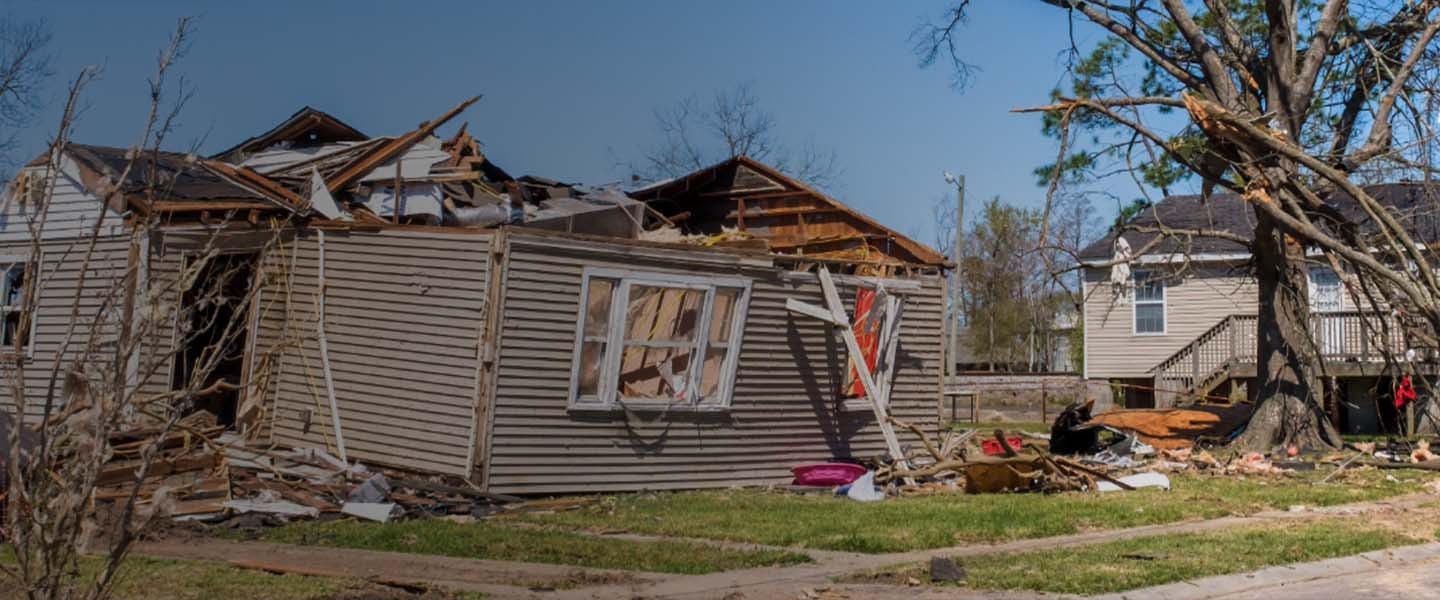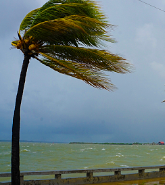NEWARK, CA – September 17, 2024 – Moody’s RMS Event Response estimates U.S. private market insured losses from Hurricane Francine will likely not exceed US$2 billion.
This estimate represents onshore insured losses associated with wind, storm surge, and precipitation-induced flooding, and insured offshore energy losses from wind and wave impacts and associated business interruption.
Moody’s RMS Event Response also estimates losses to the National Flood Insurance Program (NFIP) from this event to be less than US$200 million.
Moody’s expects the vast majority of total private market and NFIP insured losses to occur in Louisiana and to be driven by wind.
Jeff Waters, Director, North Atlantic Hurricane Models, Moody’s, said: “We expect Hurricane Francine to be another manageable event for the (re)insurance market this hurricane season. Fortunately, the storm encountered strong wind shear just prior to landfall, which limited its potential to strengthen further and helped it to weaken quickly post-landfall. It was also aided by low tide conditions at the time of landfall, which counteracted chances for particularly damaging storm surge. Still, a combination of saturated antecedent conditions and heavy rainfall – particularly within Orleans Parish – contributed to precipitation-induced flooding in many areas.
Including Francine, Louisiana has now experienced six landfalling U.S. hurricanes since 2019. While some structures have been lost entirely, many of those that remain have been repaired and brought up to more stringent building codes and design standards adopted by the state, thereby improving their resiliency to damaging wind and water. We expect these instances to be more common following Francine, to the benefit of both policyholders and the (re)insurance market at large.”
Hurricane Francine Synopsis
Hurricane Francine was the sixth named storm of the 2024 North Atlantic hurricane season, and the third hurricane to make landfall in the U.S. this season.
The most recent year with three or more landfalling U.S. hurricanes is 2020. Francine is also the first hurricane to make landfall in Louisiana since Ida made landfall as a Category 4 major hurricane in August 2021.
Hurricane Francine made landfall as a Category 2 hurricane in Terrebonne Parish, Louisiana on September 11, 2024. At landfall, Francine had maximum sustained winds of 100 miles per hour (150 kilometers per hour) and a central pressure of 972 hPa, bringing hurricane-force winds, damaging storm surge, and heavy rainfall to the Louisiana coastline.
Hurricane Francine Loss Estimate: Event Response and Modeling Basis
The wind and storm surge components for this industry-insured loss estimate are based on an analysis of ensemble footprints in Moody’s RMS Version 23 North Atlantic Hurricane Models.
The ensemble footprints are reconstructions of Francine’s hazard that capture the uncertainties surrounding observed winds and storm surge. Similarly, the inland flood component of the loss estimate was derived using Version 1.2 of Moody’s RMS U.S. Inland Flood HD Model.
Exposure informing the private market loss estimates was based on Moody’s RMS U.S. Hurricane, U.S. Private Flood, and Offshore Platform industry exposure databases, while exposure for the NFIP loss estimate was based on Moody’s view of NFIP policy-in-force data published by FEMA.
Moody’s RMS Event Response developed and validated the wind, storm surge, and inland flood reconstructions and corresponding loss estimate using public and privately available data, including wind station observations, river gauge water level data, web-based reconnaissance, aerial imagery analysis, and Moody’s RMS HWind real-time data products.
Estimated onshore insured losses reflect property damage and business interruption to residential, commercial, industrial, and automobile lines of business, and consider sources of non-modeled loss.
Sources of post-event loss amplification from this event are expected to be minor, if any. Insured losses to offshore platforms, rigs, and pipelines in the Gulf of Mexico reflect structure damage, operator’s extra expense, and business interruption.
END
About Moody’s
In a world shaped by increasingly interconnected risks, Moody’s data, insights, and innovative technologies help customers develop a holistic view of their world and unlock opportunities.
Moody’s shapes the world’s view of risk for insurers, reinsurers, financial services organizations, and the public sector, with Moody’s RMS models underlying the nearly US$2 trillion Property & Casualty industry. We empower organizations to evaluate and manage global risk from natural and man-made catastrophes, including hurricanes, earthquakes, floods, climate change, cyber, and pandemics.
With a rich history of experience in global markets and a diverse workforce in more than 40 countries, Moody’s gives customers the comprehensive perspective needed to act with confidence and thrive.
Visit Insurance Solutions at Moody’s to learn more and follow us on LinkedIn and Twitter.
The technology and data used in providing this information are based on the scientific data, mathematical and empirical models, and encoded experience of scientists and specialists. As with any model of physical systems, particularly those with low frequencies of occurrence and potentially high severity outcomes, the actual losses from catastrophic events may differ from the results of simulation analyses.
MOODY’S SPECIFICALLY DISCLAIMS ANY AND ALL RESPONSIBILITIES, OBLIGATIONS, AND LIABILITY WITH RESPECT TO ANY DECISIONS OR ADVICE MADE OR GIVEN AS A RESULT OF THIS INFORMATION OR USE THEREOF, INCLUDING ALL WARRANTIES, WHETHER EXPRESS OR IMPLIED, INCLUDING BUT NOT LIMITED TO, WARRANTIES OF NON-INFRINGEMENT, MERCHANTABILITY AND FITNESS FOR A PARTICULAR PURPOSE. IN NO EVENT SHALL MOODY’S (OR ITS PARENT, SUBSIDIARY, OR OTHER AFFILIATED COMPANIES) BE LIABLE FOR DIRECT, INDIRECT, SPECIAL, INCIDENTAL, OR CONSEQUENTIAL DAMAGES WITH RESPECT TO ANY DECISIONS OR ADVICE MADE OR GIVEN AS A RESULT OF THE CONTENTS OF THIS INFORMATION OR USE THEREOF.
© 2024 Moody's Analytics, Inc. and/or its licensors and affiliates (collectively, "Moody's"). All rights reserved.




